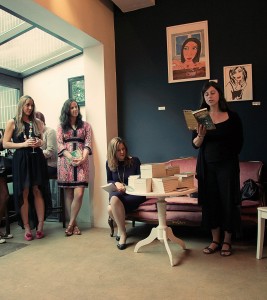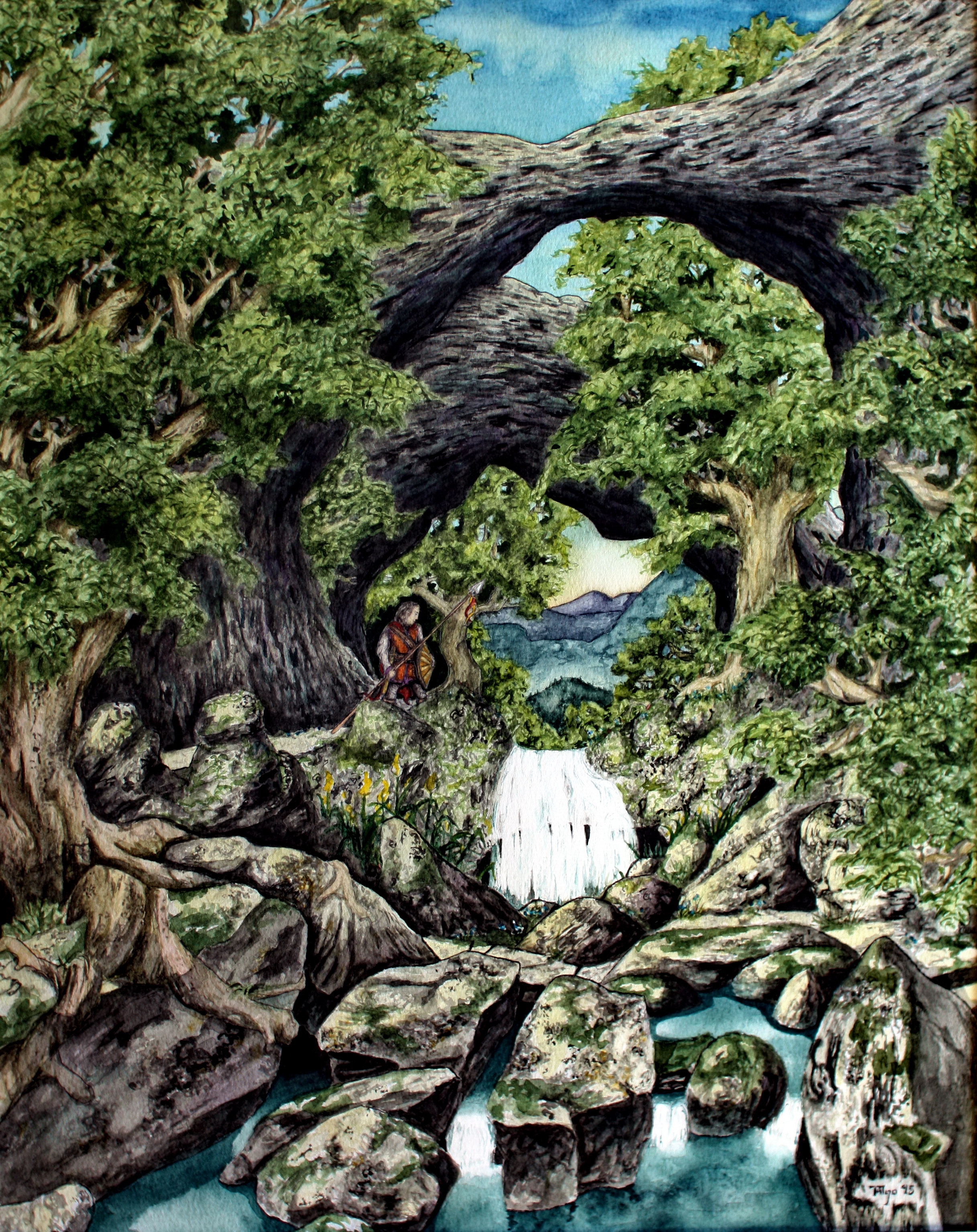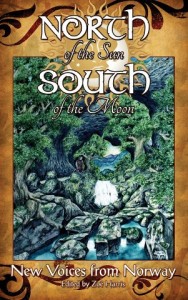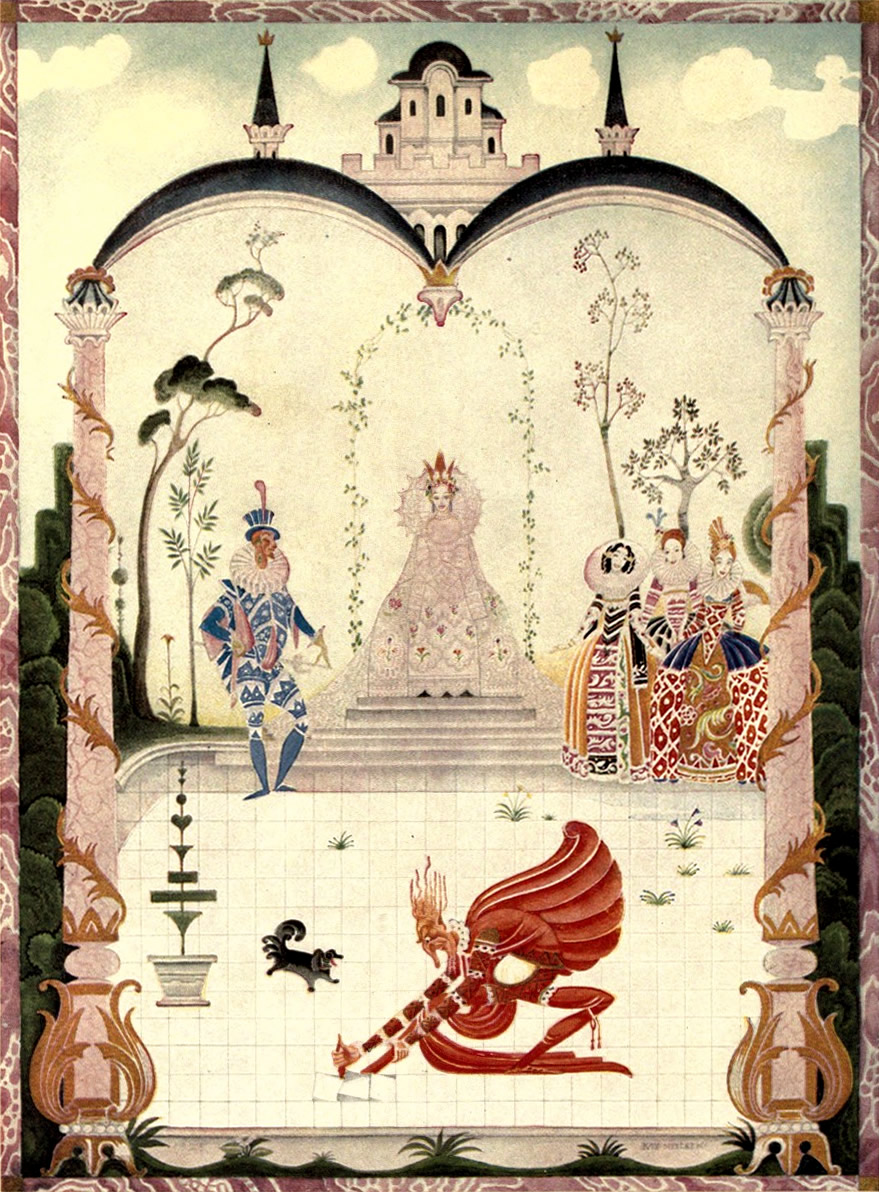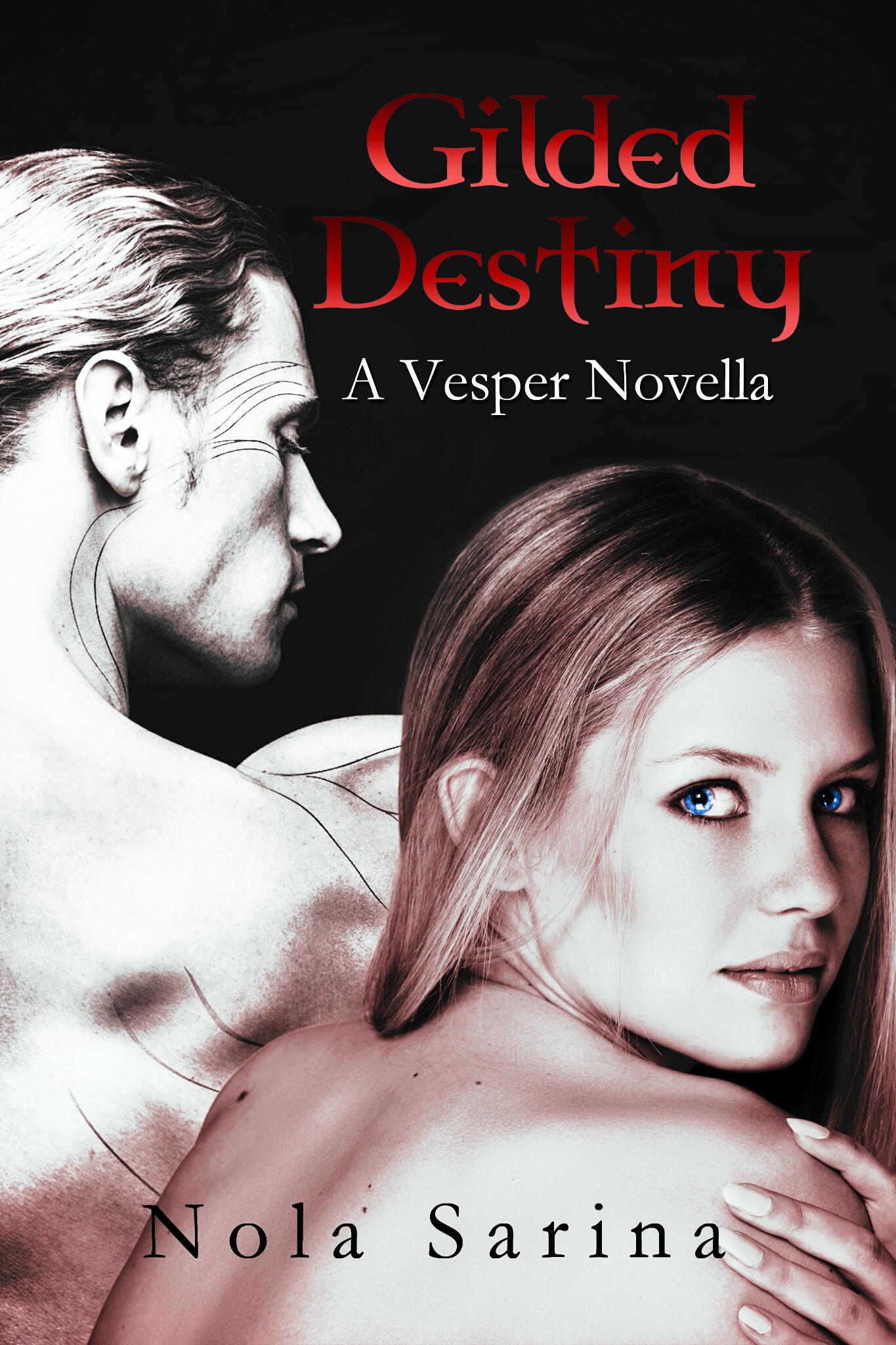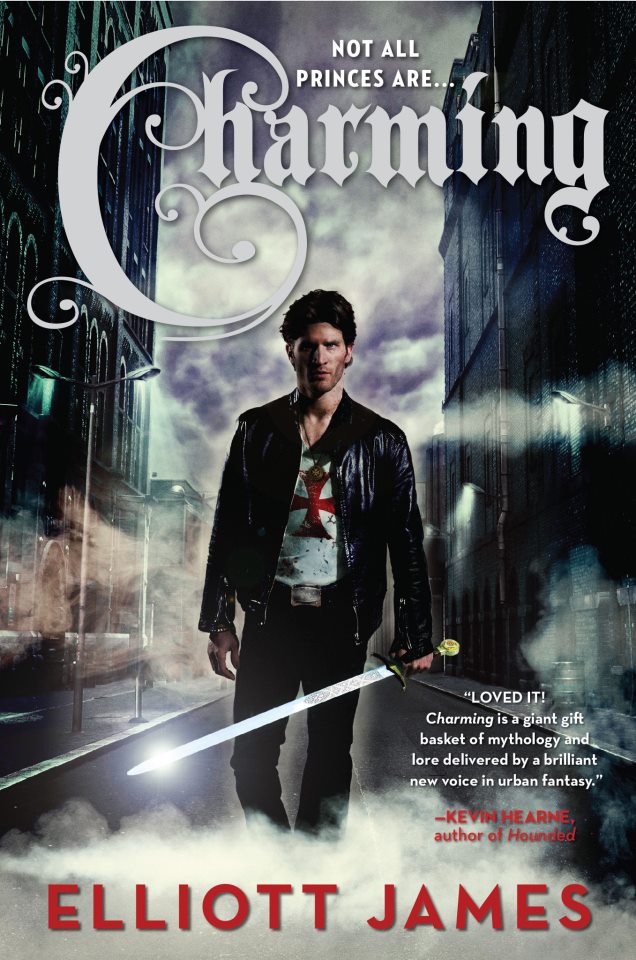ABC’s Once Upon A Time has cast, as one of its central villains, the Grimm Brothers’ character Rumpelstiltskin. In the series, though his character seems like simply a deal-making trickster, he is in possession of a level of magical skill coveted by some of the most evil characters in the show. When I first started watching, it seemed odd to me that he would be represented in this way, but perhaps the writers found it difficult to find a male fairy tale character who was evil enough to balance out all the evil women – after all, many of the human sources of evil in fairy tales are, in fact, women. Often they are step-mothers, or old hermit women, witches and evil queens, but there are also mothers and sisters of the protagonist who do their share of nasty business (usually spurred by envy of their daughter or sister’s beauty and grace).
But back to Rumpelstiltskin. I remember being perplexed by this story as a child – you’re clearly supposed to feel sympathy for the young girl, but to me she just didn’t cut the mustard. In reading the story again as an adult, I realized my childhood doubts were actually quite fair; though most of us remember Rumpelstiltskin for his desire to rob a newly wed young mother of her first born, is he really the nastiest person in his own story? Not by a long shot. Let’s take a brief look at the events in the story:
1. A poor father must go to see the king, and to make himself look good he brags that his daughter can spin straw into gold (a pretty stupid thing to say, but not really evil).
2. The king, who loves gold, demands that the daughter be brought to him and locks her in a room full of straw, telling her if she doesn’t spin it all into gold by morning, he’ll have her killed (yep, that’s evil).
3. The girl, understandably perplexed, begins to cry. Enter Rumpelstiltskin (let’s call him Rumpy for fun). Rumpy asks what the girl will give him if he does the job for her, she offers him a necklace (where did such a poor girl get a necklace from, one wonders), which he accepts and gets to work. Score one for Rumpy being a nice guy.
4. The king, happy to have a room full of gold, is still not satisfied. He locks her in a bigger room and makes the same threat. What a jerk!
5. The girl, instead of clueing in about how this works and finding a way to escape, starts to cry again. Rumpy returns once more to save the day, this time taking the girl’s ring in payment (yep, she also has a ring – couldn’t she have used it to bribe her jailer or something?). Rumpy spins all the straw into gold again – that’s two points for Rumpy, in total.
6. The king, never satisfied, locks the girl in an even bigger room, this time promising that if she succeeds in turning all the straw into gold, he’ll marry her. Not because he finds her charming, or beautiful, mind you, but because he wants the cash cow for his own. This king is a royal turd, if you ask me.
7. Rumpy comes again, but this time the girl has nothing left to give. Rumpy suggests that she give him her first born child, should she become queen (I’m going to take two points away from Rumpy for this one, it’s a pretty nasty bargain). She thinks it probably will never happen, so she accepts – naive, or just plain stupid? You decide.
8. The king is finally satisfied (for now, at least, but he better keep her close just in case), and marries her. And she accepts – not evil, but pretty stupid.
9. Everyone’s happy until the queen gives birth to a child. Rumpy comes back and demands payment, and the queen begins to cry because she’s become quite attached to her evil husband’s baby. Rumpy takes pity on her (yes, you read that right) and gives her three days in which to guess his name. If she gets it right, she can keep her child. Another point to Rumpy.
10. The queen sends messengers far and wide to find out all sorts of strange names. The first two times Rumpy visits, she guesses every name she can think of (yep, he doesn’t even give her a limit – another point), but to no avail. But on the third day, her messenger returns with a story about a strange little man dancing around a fire singing about how he’s going to take the queen’s child in the morning, and how he’s so happy no one knows his name is Rumpelstiltskin.
11. The queen makes a couple of fake guesses and then BAM! She kicks Rumpy right in the rump with his real name. He’s so furious that he stamps his foot through the floor, and then tears his leg off in an effort to free himself. He hobbles away without his leg, and without the baby.
Rumpy, by my count, comes away with a solid two points for being a good guy, even if he does have an anger management problem. The king, his queen and her father, however, are a jerk, a wuss and a braggart, respectively.

